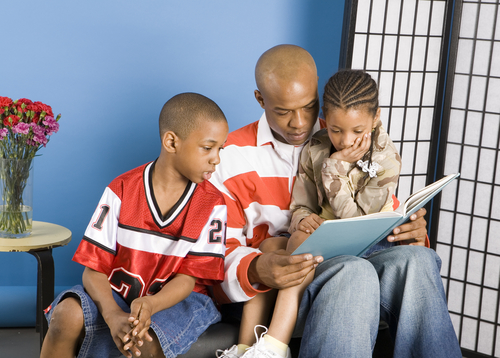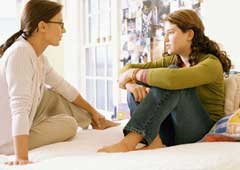 What’s the harm in telling little fibs if they make a child happy? A fairy brings you money each time you lose a tooth, a bunny brings you chocolate eggs on Easter and a big man in a red suit brings you toys at Christmas.
What’s the harm in telling little fibs if they make a child happy? A fairy brings you money each time you lose a tooth, a bunny brings you chocolate eggs on Easter and a big man in a red suit brings you toys at Christmas.
Yet we’re trying to raise our kids to trust us and learn to be honest in their own life.
Psychologist Amy Baker refers to Santa talk as a “friendly deception.” Playing into the magic of Santa is different than vindictively pretending you ate all your kid’s Halloween candy.
Childhood can be a time of delightful fantasies and learning to distinguish between fantasy and reality is an important developmental task. For families who believe that their children would enjoy the Santa myth, the better question is how to include Santa in your holiday celebrations and convey the true meaning of Christmas along the way.
Here are some tips:
- Recognize that children of different ages have different abilities to distinguish fantasy from reality. A three-year-old who still talks to toys may conceptualize Santa as a large breathing toy. Studies show that the average age when U.S. children begin to doubt the Santa Claus myth is between ages 7 and 10.
- Don’t let children feel duped when they find out Santa isn’t real. Instead of simply saying that Santa Claus is not real, you might say that Santa is a symbol of the kindness and generosity we show especially at this time of year, and to which we aspire all year long.
- Promote Santa in moderation. One study found that the more a parent promotes Santa, the harder it is for a child to give up the belief.
- Have a plausible explanation ready when older children notice multiple Santas on street corners and shopping malls. One reasonable explanation may be that people are dressing up as Santa so the real one can be at work at the North Pole, but kids won’t buy that forever.
- When your child starts to question Santa, ask what they think, support their conclusions and answer their questions honestly.
- Recognize the end of the myth as an obvious developmental landmark. Once a child sees through Santa, explain that believing in Santa is fun for younger children, and engage the child as a friendly co-conspirator to engage the siblings and other younger children.
- Make sure you’re promoting Santa for your child and not yourself. For instance, don’t force your child onto Santa’s lap because you want a souvenir photo. It’s important to teach children early that they get to set their physical boundaries, but that only works if adults — including parents — respect those boundaries.
- Do not use Santa as a threat by making your child believe an omnipresent being is continually watching their every move. Kids need to learn to self-regulate, and fear is not a great motivator.
- Do not support the ‘naughty or nice’ dichotomy. Every child breaks the rules sometimes — that’s part of learning and growing. Respond by forgiving and teaching them how to do better, not by labeling them as ‘naughty’ and marking them for punishment on what might be one of the most fun days of their year.
As the editor of the New York Sun famously wrote in the 1897 editorial, “Yes Virginia, there is a Santa Claus” without Santa “the eternal light with which childhood fills the world would be extinguished.” Parents can thoughtfully and lovingly choose to bring Santa into the lives of their young children, while respecting emotional and intellectual development as kids mature.
This post was written for The Philadelphia Inquirer where it appeared in print December 18,2022 and online at this link.






